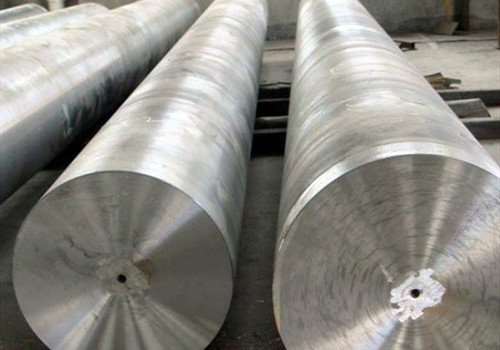Carburizing is a surface heat treatment method of quenching and low-temperature tempering after expanding carburizing atoms to the surface of steel parts. Carburizing process can significantly improve the wear resistance, durability, toughness and other properties of steel. After treatment, the core of the parts is low carbon martensite with sufficient strength and toughness, and the surface is hard and wear-resistant tempered martensite and a certain amount of fine carbide structure. We call the steel-making carburized parts carburized steel.
Some structural parts such as automobile transmission gear, the internal combustion engine and piston pins of CAM, etc., where under intense impact and abrasion conditions, for these parts with high surface hardness and wear resistance, and the core will have higher strength and toughness, which can be obtained by low carbon steel after carburizing and quenching and low-temperature tempering, the center of the parts is low carbon steel quenching organization to ensure the high toughness and sufficient strength, while the surface (at a certain depth) with high carbon content (0.85% ~ 1.05%) and the high hardness after quenching (HRC>60) with good wear resistance.
The carbon content of general carburizing is very low (0.15% ~ 0.25%), which ensures that the core of carburizing parts has good toughness and plasticity. In order to improve the strength of the core of steel, a certain amount of alloying elements such as Cr, Ni, Mn, Mo, W, Ti, B can be added to the steel. Among them, Cr, Mn, Ni and other alloying elements can increase the hardenability of steel, so that the surface and core microstructure are strengthened after quenching and tempering at low temperature. A small amount of Mo, W, Ti and other carbide-forming elements can form stable alloy carbides, which can refine the grain size and restrain the overheating of steel parts during carburizing. A trace amount of B(0.001% ~ 0.004%) can strongly increase the hardenability of alloy carburizing steel.
According to their hardenability or strength, alloy carburizing steels can be classified into three types:
Low hardenability alloy carburizing steel
That is low strength carburizing steel (tensile strength ≤800MPa), such as 1330,1340,5115,5120,5140, etc. This kind of steel has low hardenability, low strength but poor toughness after carburizing, quenching and low-temperature tempering. It is mainly used in the manufacture of wear-resisting parts with a small force and low strength requirements, such as camshaft, piston pin, slider, the pinion of diesel engine, etc. This kind of steel carburizing when the core grain is easy to grow, especially manganese steel. If the high performance is requirements, secondary quenching is often used after carburizing, that is, after carburizing, the first normalizing treatment is made to eliminate the overheating tissue formed when carburizing, and then reheating and quenching.
Medium hardenability alloy carburizing steel
That is medium strength carburizing steel (tensile strength =800 ~ 1200MPa), such as E4180, E3310, etc, with alloy element total about 4%, Cr and Mn element added in steel can effectively improve the hardenability and mechanical properties (tensile strength = 1000 ~ 1200 Mpa), used to make wear parts for the heavy load and medium load of the large gear, such as automobile, tractor transmission and driving axle gear, gear shaft, cross pinhead, spline shaft, valve seat, CAM plate, etc. This kind of steel because of containing Ti, V, Mo, carburizing austenite grain growth tendency is small, self-carburizing temperature pre-cooling to about 870°C direct quenching, and after low-temperature tempering, the parts have better mechanical properties.
High hardenability alloy carburizing steel
That is high strength carburizing steel (tensile strength > 1200MPa), such as 4130 steel, etc. The total content of alloying elements is less than 7.5%. Because there are more Cr and Ni elements, the hardenability of the steel can be greatly improved. Especially when more Ni is added, the steel can have good toughness while improving the strength. It can be used as important large parts bearing heavy load and strong wear, such as active traction gear of diesel locomotive, crankshaft of diesel engine, connecting rod and precision bolt of the cylinder head, etc. Due to the high alloying element content, making the C curve is shifted to the right, so the martensite structure can be obtained by cooling in air. A large amount of residual austenite will be retained in the carburized surface after quenching due to the sharp decline of the martensite transition temperature. In order to reduce the residual austenite volume after quenching, high-temperature tempering can be used before quenching to make the carbide spheroidized, or cold treatment can be used after quenching.







